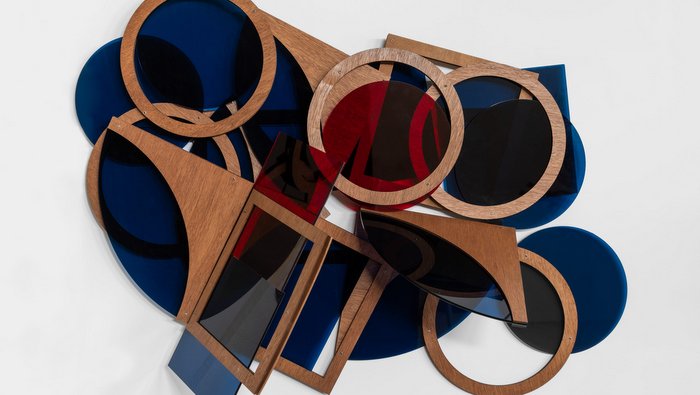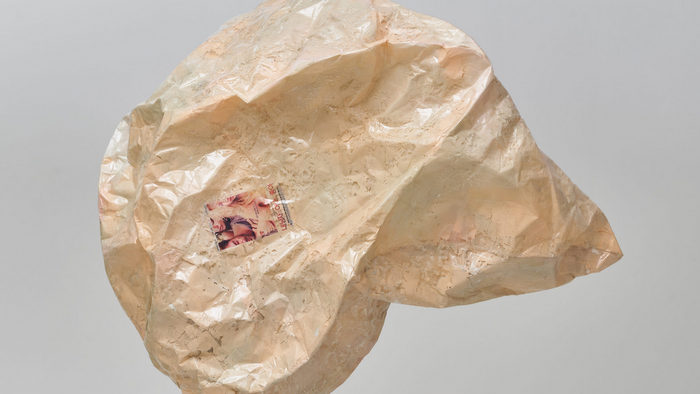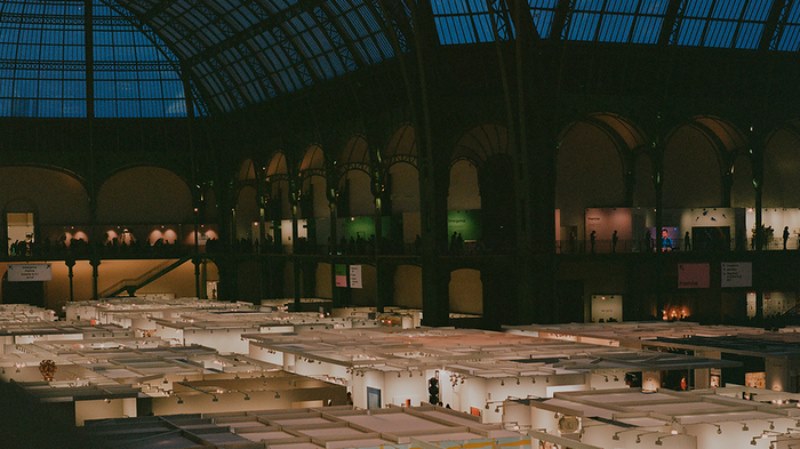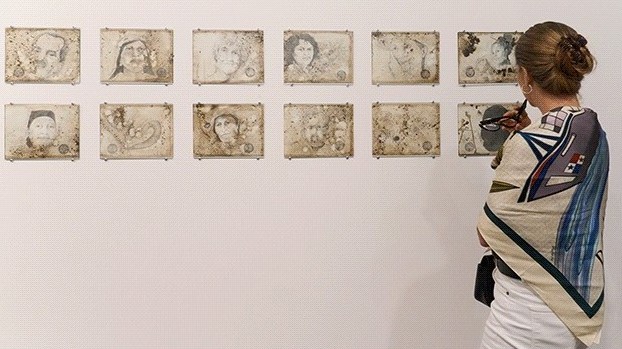In its 17th edition, Swab Barcelona turns its focus to East Asia, with the Focus Tokyo/Seoul program taking center stage. Six emerging spaces showcase the vibrant, youthful art scene of both megacities.
Set against a backdrop of rapid development and deep cultural roots, the participating spaces merge classical influences with avant-garde approaches, illustrating the ongoing dialogue between future and tradition.
Curated by Korean artist Kelvin Kyung Kun Park, the section features self-managed spaces and young galleries experimenting with various artistic currents.
Tentacles Of Thought (From An Octopus)
Rubbery texture, odd smell, and its “alien” appearance deter many from eating octopus, but in Spain, Korea, and Japan, we embrace octopus in our culinary culture. Tentacles of Thought is an attempt to bring together artistic sensibilities of exhibition spaces from Seoul and Tokyo, presented in Barcelona in the spirit of the octopus’ tentacle.
I can sense that an era ended with the pandemic, and we are at full speed ahead into the next. Hope and fear about the future, hastened by technology, loom large, yet our descriptions of today remain elusive. Shifting values disrupt our reach for meaning, leaving us feeling as though a trusted friend has turned foe. Yet suspicion of our feelings reveals no betrayal; instead, it presents an abstract puzzle devoid of right or wrong, only successes and errors. Traditional foes and allies reverse roles, exposing outdated values and new interests.
The octopus motif was used in the Western “Yellow Peril” narrative in the 19th and early 20th Centuries to instill fear among the public about the threat of Asian expansion. Tentacles were seen as spreading Asian or evil influence, particularly Japan’s rising military and economic power challenging Western dominance. Ironically, early scientific misunderstandings portrayed the octopus as a metaphor for central controls whereas modern science reveals tentacles functioning as a distributed brain of the octopus. Octopi can appear strange to our mammalian, vertebrate senses formed by a central nervous system. To understand the cephalopodan, you would want to appreciate its less hierarchical brain structure. Octopi navigate their tentacles which serve as sensory perception, locomotion, camouflage, and communication, utilizing their relatively decentralized brain structure that is very different from our own.
Our belief system commands how we see the world. Instead of expressing her single point of view of the world as a landscape, a traditional Eastern painter put herself into the landscape. The subject and object are blurred because the artist produced a reverse point of view, while aiming to lose subjectivity, an artistic practice evolving since the 6th Century up until modernity. What draws me today are works by fellow Asian artists who suggest a turn inward. Awareness of the Asian self seems to create a boundary between subject and object that feels more Cephalopodan than Mammalian. Themes of our images begin with intimate emotions arising from our personal lives, but by default, the personal embodies the collective in Asia. Works are created with sensibilities of texture and materiality rather than a Cartesian sense of space. Sentiments do not construct an “interiority” of an artist, but rather echo it, while maintaining an impersonal subjectivity. Like the tentacles of an octopus, the high context signal requires a more immediate vision of the world that is more tactile than optical.
Philosopher John Gray states that Darwin‘s “On Origin of Species” would have been less controversial if it were published in India, where the Christian idea of human exceptionalism was absent. What is clear is the incompleteness of both projects of the West and the East. “Globalization” was a concept connoting different meanings depending on where you stood in the world. The term “post-global”, seems to push both the East and the West into separate common grounds. As the sea levels rise, the Octopus motif, once a symbol of fear and threat, emerges as a metaphor for the decentralized and adaptable nature of contemporary thought. If we endure the discomfort, we would discover that even us mammals originally came from the sea. Modern art already helped us foster a Cephalopodan sensibility to fill in the hollow gap within vision; between the looking and the looked. Modern and contemporary art, I believe, served as training for direct communication. The question still remains, can octopuses talk to cats?
Focus Tokyo-Seoul 2024:
GALLERY2: Established in 2007, GALLERY2 showcases diverse Korean contemporary art. The gallery emphasizes strong partnerships with artists, supporting their creative practice and seeking commercial opportunities for their work. GALLERY2 plays a key role in maintaining the diversity of Korea’s art scene.
Ingahee Gallery: Located in Seoul, Ingahee Gallery introduces global contemporary art, with a focus on Korean artists. Through curated exhibitions and its experimental IN-CU window display, the gallery fosters interaction with the local community. Ingahee supports art collectors with tours and programs to deepen understanding of contemporary art.
MJK Gallery: An experimental space in Seoul, MJK Gallery connects people with accessible and approachable art. It explores the visualization of values and perspectives that resonate with current social and cultural contexts.
ooooon: Based in Mapo-gu, Seoul, ooooon focuses on the creative process, fostering various experimental practices. The gallery explores themes of decline, aging, and disappearance within the art world, creating new value through these investigations.
Space Willing N Dealing: Originally a non-profit space, Willing N Dealing facilitates exhibitions and artist collaborations. It has developed art distribution programs like “Alternative Art Fair: Solo Show” and participates in major fairs like KIAF and SWAB, contributing to the global art scene.
The White: Founded in 2014 in Tokyo by artist Ikuhisa Sawada, The White initially focused on photography and video. It has since expanded to include painting, sculpture, performances, and screenings, collaborating with artists from Japan and abroad in its two exhibition spaces.
On the cover: Moongi Gim, Vicky (2024). ooooon, Focus Tokyo-Seoul
Source: Swab Barcelona
Related Publications
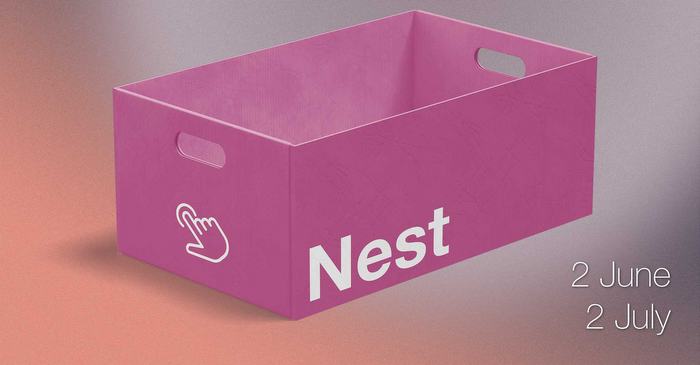
Nest invites submissions from Monday June 2
June 02, 2025